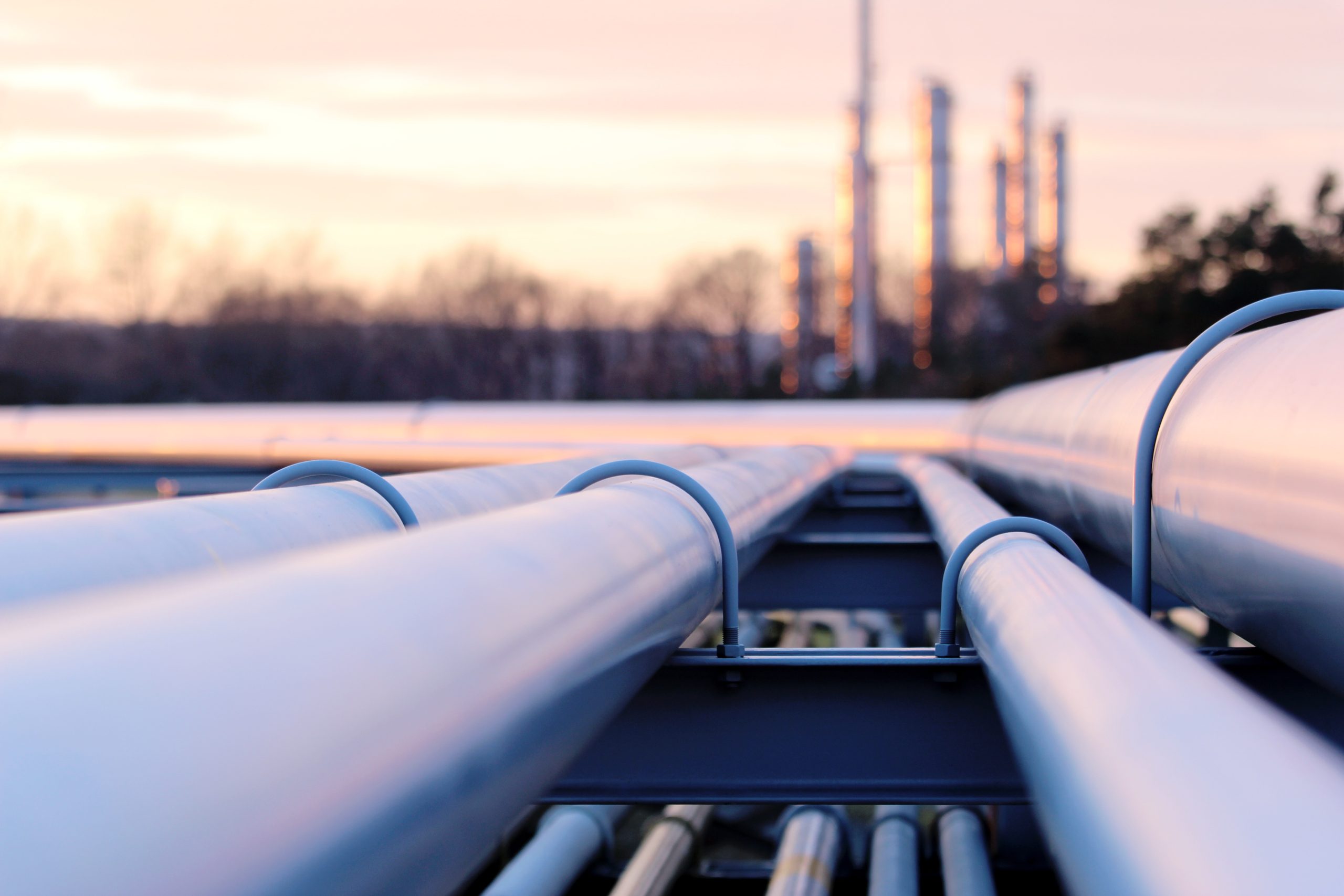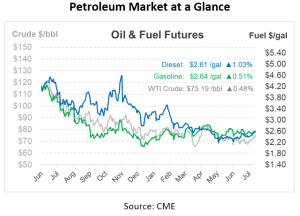
What is it – Midstream Sector of the Oil and Gas Industry
Last week in FUELSNews’ continuing series, What is it Wednesday, we covered the upstream sector of the oil and gas industry, focusing on the exploration and extraction of crude oil. This week, we will discuss the lesser-known, but equally vital sector, known as the midstream sector. As the term suggests, it sits right between the upstream and downstream segments and serves as the crucial bridge connecting them.
What is Midstream?
Imagine the oil and gas industry as a giant assembly line. The upstream sector sets the ball rolling by extracting crude oil and natural gas from beneath the Earth. This is where the midstream sector jumps in. It’s responsible for the gathering, transportation, storage, and processing of these natural resources to ensure they are in the right form and at the right place to be turned into usable products by the downstream sector.
Midstream companies operate in the North American landscape, handling products from thousands of wells. The following are the steps involved in the midstream sector:
Transportation: Once extracted, crude oil and natural gas need to be moved to various facilities for processing. Midstream companies use an extensive network of pipelines, trucks, railways, and ships for this purpose. Gathering pipelines are smaller and transport products from wells to central locations. Larger transmission pipelines then take over, moving the products over long distances.
Processing and Treating: Natural gas, when extracted, contains impurities and valuable Natural Gas Liquids (NGLs) like ethane, propane, and butanes. The midstream sector treats the natural gas to remove impurities and processes it to extract these NGLs. What’s left is termed “pipeline-quality natural gas,” ready for transportation to downstream industries.
Storage: Storage is essential for ensuring a steady supply of oil and gas products. The midstream sector operates storage facilities for crude oil, NGLs, and natural gas.
Marketing: Midstream companies often engage in the marketing of natural gas, NGLs, and crude oil to various buyers, including downstream companies that transform these raw materials into consumer products.
Why are pipelines the most common form of transportation in the midstream sector?
Pipelines are the lifelines of the midstream sector. But why are they preferred over other transportation methods? According to the US Department of Transportation, pipelines are the safest and most efficient way to transport oil and gas over long distances. Technological advancements have enabled midstream companies to monitor pipelines effectively for operational safety. Engineering standards, developed in cooperation with regulators, ensure these pipelines do not compromise community safety or the environment.
Understanding Regulations in the Midstream Sector
The expansion of pipelines, a critical component of the midstream sector, can sometimes face local opposition. Communities may resist the development of pipelines in their areas, a phenomenon known as “Not In My Backyard” or NIMBY. Overcoming these challenges often requires community engagement and adherence to various safety and environmental regulations.
In the United States, while the gathering and processing side of the midstream sector experiences lighter commercial regulation, the transportation of gas via pipelines is stringently regulated. The Federal Energy Regulatory Commission (FERC) plays a crucial role here. It oversees the movement of gas through interstate pipelines and regulates state-level distribution activities. FERC ensures that rates and services are just and reasonable, and it evaluates whether pipeline projects can proceed from both an environmental and economic standpoint.
When pipelines cross international borders, such as those linking Canada and the United States, the regulatory waters become murkier. These projects require not just approval from regulatory bodies like FERC but also from the Executive branch of the government. Cross-border pipelines often enter the realm of national political debates, and their approval can be contingent on various factors, including international relations and environmental concerns.

This article is part of Daily Market News & Insights
Tagged:
MARKET CONDITION REPORT - DISCLAIMER
The information contained herein is derived from sources believed to be reliable; however, this information is not guaranteed as to its accuracy or completeness. Furthermore, no responsibility is assumed for use of this material and no express or implied warranties or guarantees are made. This material and any view or comment expressed herein are provided for informational purposes only and should not be construed in any way as an inducement or recommendation to buy or sell products, commodity futures or options contracts.





